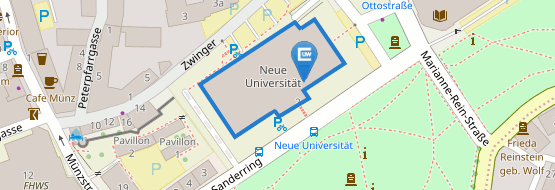Inventory Management
Introduction
We aim to develop non-parametric (“data-driven”) approaches to solve typical single-period and multi-period inventory planning problems by combining state-of-the-art machine learning techniques with stochastic optimization models (such as dynamic programming) to a prescriptive approach that integrates estimation and solving the planning problem into one optimization algorithm. Instead of parametric approaches that rely on strong distribution assumptions (e.g., stationarity), our data-driven models learn to find optimal decision rules from historical observations of the uncertain variables (here: the unknown demand of goods) as well as auxiliary data (“features”), such as weather conditions. In the single-period case (often referred to as the “Newsvendor” or the “Newsboy” problem), the model supports the decision on the ordering quantity (purchasing or producing) of perishable goods for the next upcoming period after which left-over stock becomes worthless. In the multi-period problem, the left-over stock of by definition non-perishable goods is carried over to the next period. For both settings, the objective is to minimize the total average cost of inventory management (typically composed of, e.g., fixed and variable ordering costs, inventory holding costs, backlogging costs or lost-sales cost) subject to certain constraints (e.g., lead time from ordering to delivery).
Projects
Maisha Meds: A Point-of-Sales platform provider for African pharmacies needs to provide decision support on ordering quantities of medical products under uncertain demand. Historical daily sales records for over 100,000 products in more than 500 pharmacies are available over a time horizon of up to 2.5 years.


